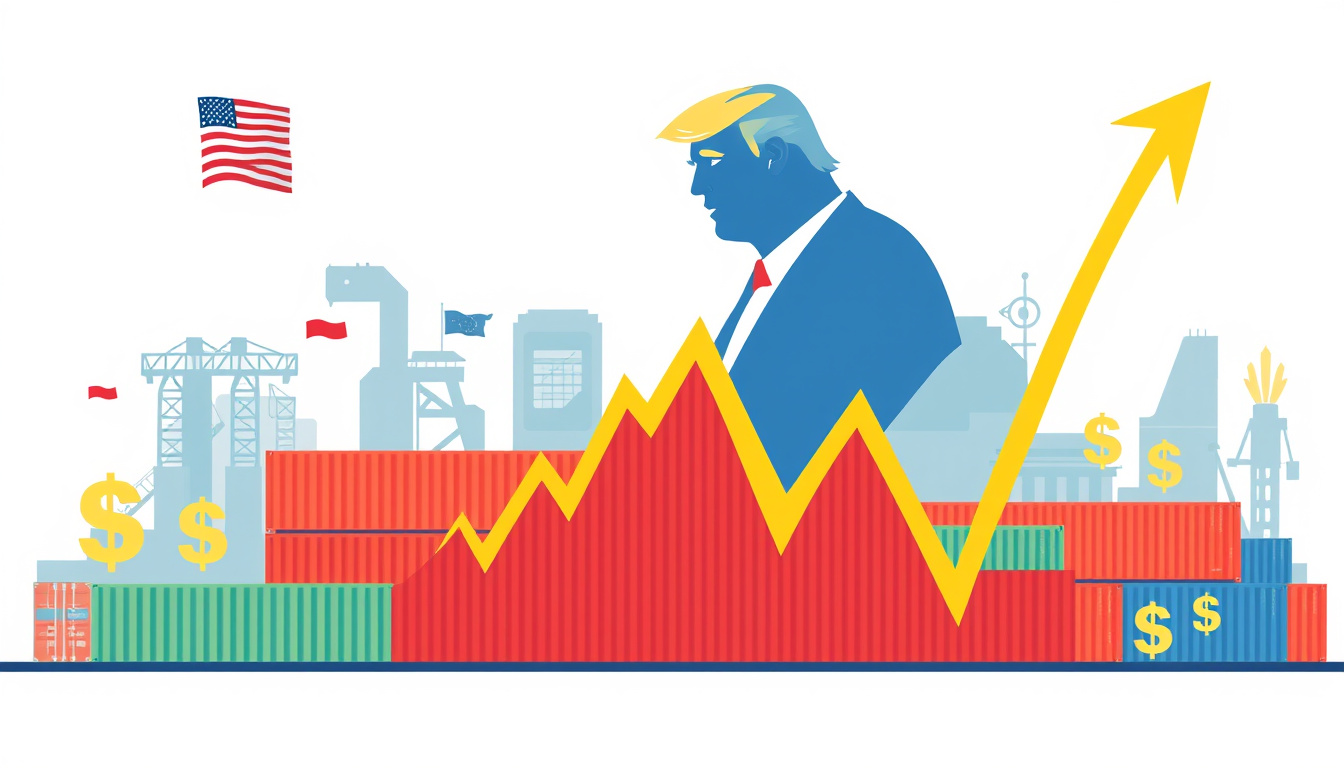
In early after-hours trading, U.S. stock markets fell after President Donald Trump spoke about new trade tariffs. On April 2, 2025, Trump shared a full plan to tax many imported goods. Investors and experts felt fear as his words hit the news.
The Tariff Details
At a White House press event, Trump added his signature to an order. This order sets a 10% tax on goods from almost every country. It also gives special rates to some nations depending on their trade link with the U.S. The administration says the taxes answer moves that hurt fair trade by others.
Some nations face higher taxes. Goods from the European Union carry a 20% tax, while Japanese items face a 26% rate. Items coming from China bear a 34% tax.
Stock Market Reaction
After the order, key ETFs fell hard. The SPDR S&P 500 ETF dropped over 2%, and the SPDR Dow Jones ETF lost 1%. The Invesco QQQ Trust, which follows tech stocks, sank 3% in after-hours trading.
Big companies were hit quick. Apple, known for tasks in China, Vietnam, and India, lost nearly 6% of its share price. Tesla and Amazon lost about 4% and 5%, respectively. Clothing makers felt the weight too. Nike shares fell by 7%, Lululemon dropped 11%, and Swiss maker On Holding lost 17%. Each loss shows clear worry about rising costs and the strain on the economy.
Economic Concerns and Treasury Yields
Some experts worry that these new trade taxes may slow U.S. growth, press inflation, and bring more strain to the economy. In bonds, the 10-year Treasury yield fell to 4.13%. Investors looked to safer spots in a time of market stress.
All eyes now stay on tomorrow. Many wonder how these changes will affect trade ties, company earnings, and views on global trade. Experts keep close watch on company reports and economic signs to learn how firms will adjust.
Conclusion
President Trump’s sweeping tax plan shook the market. Investors face many unknowns for both home and global markets. In a time of busy trade rules, this move may bring fresh issues for businesses and stocks alike. The next few weeks will tell how quickly these changes show in the markets.






